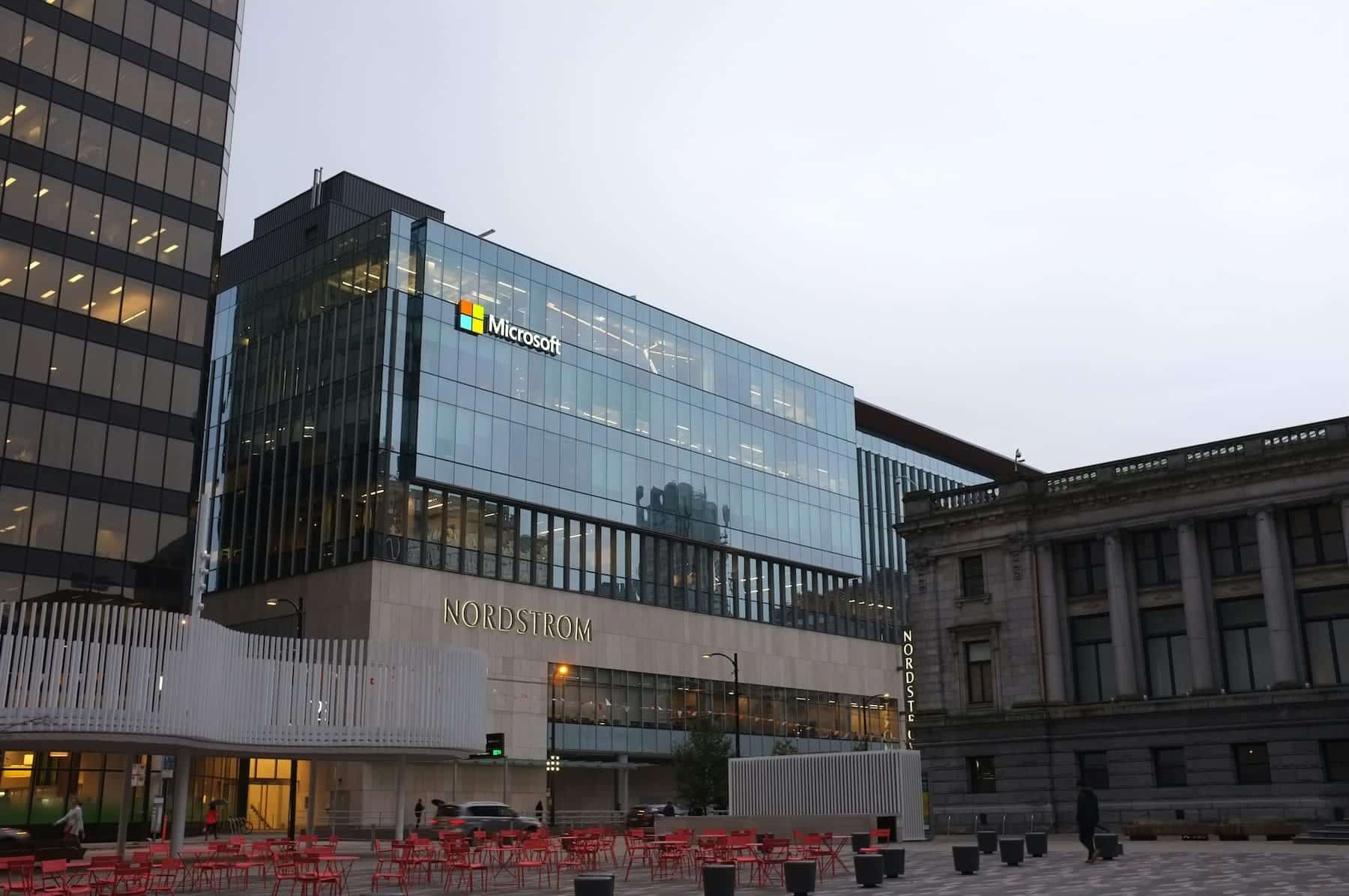The planet’s biodiversity is facing an unprecedented crisis, and Microsoft has taken a step forward with the launch of SPARROW (Solar-Powered Acoustic and Remote Recording Observation Watch), an artificial intelligence solution designed to monitor and protect biodiversity in the most inaccessible places on Earth.
The Biodiversity Crisis
Over the last fifty years, the world has lost nearly 70% of monitored vertebrate populations, according to WWF’s Living Planet Report. Many species have disappeared or are on the brink of extinction. While there are stories of hope, such as the recovery of the southern white rhinoceros and the Iberian lynx, the need to measure and protect ecosystems more effectively has never been more urgent.
Technology has been a key tool in this effort. Acoustic sensors, camera traps, and artificial intelligence models have enabled the collection of vast amounts of data, but they face the challenge of operating in remote regions where human access is limited or impossible. This is where SPARROW promises to make a significant difference.
What is SPARROW?
SPARROW is an edge computing solution powered by solar energy and equipped with advanced sensors. It can collect data from cameras, acoustic monitors, and other devices, process it using AI models based on PyTorch, and transmit the information via low Earth orbit satellites directly to the cloud. This allows researchers to access real-time data from anywhere in the world.
Innovations of SPARROW
- Solar Power and Autonomy: SPARROW operates autonomously on solar power, minimizing its environmental impact and ensuring continuous operation even in the most remote regions.
- Real-Time Connectivity: Thanks to its integration with low Earth orbit satellites, the collected data can be sent to the cloud without the need for physical retrieval, solving one of the biggest logistical challenges in biodiversity research.
- Open Design: Microsoft has chosen to make all SPARROW’s blueprints, designs, and codes open source. This will allow organizations, citizen scientists, and NGOs to adapt and deploy their own versions of the device, fostering global collaboration.
An Ally in Biodiversity Protection
SPARROW will initially be deployed in pilot sites in North and South America, including Colombia, as part of the Guacamaya Project, which uses AI to track biodiversity and the health of the Amazon. By the end of 2025, Microsoft expects to have SPARROW devices operating on all continents, forming a global conservation network.
In addition to its capacity to monitor biodiversity, SPARROW will contribute to the collection of critical data to evaluate the effectiveness of conservation efforts, restore habitats, and protect endangered species.
The Road Ahead
SPARROW represents a crucial advancement in integrating technology and innovation to address the biodiversity crisis. By enabling researchers, governments, and NGOs to make more informed decisions and act swiftly, Microsoft reinforces its commitment to sustainability and environmental protection.
With SPARROW, technology becomes a bridge to preserving the rich diversity of life on Earth, ensuring a legacy of conservation for future generations.
via: Microsoft

